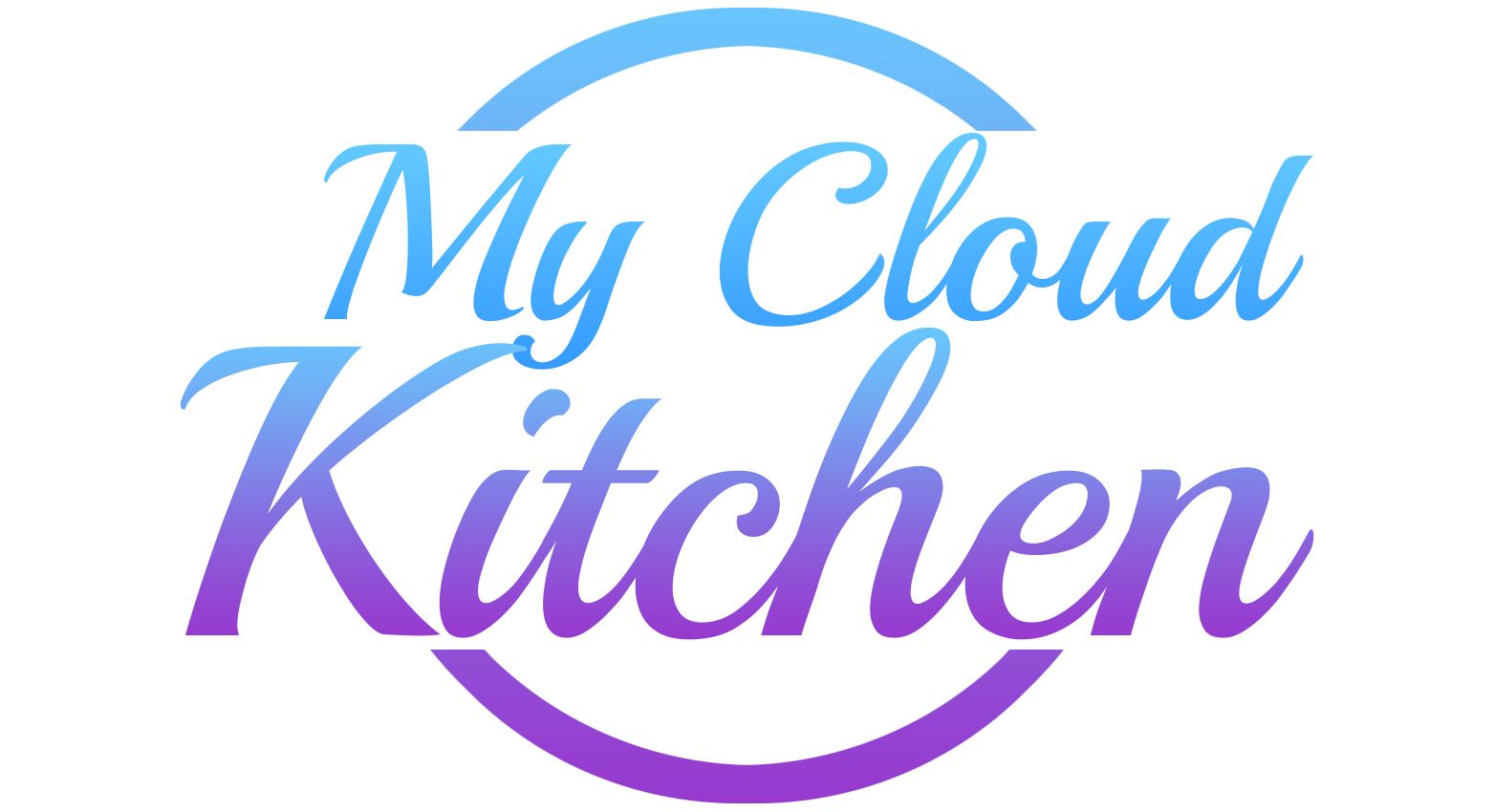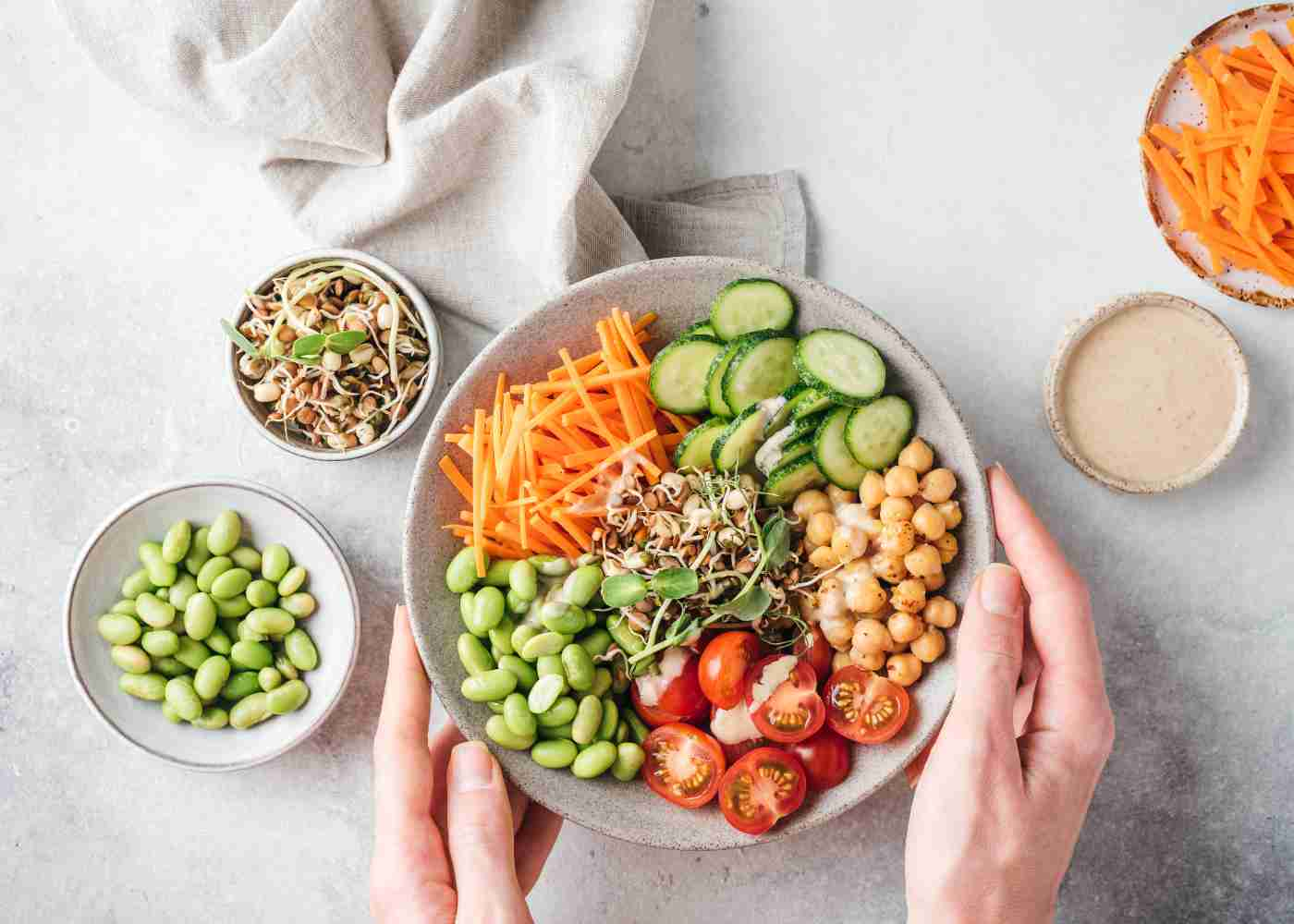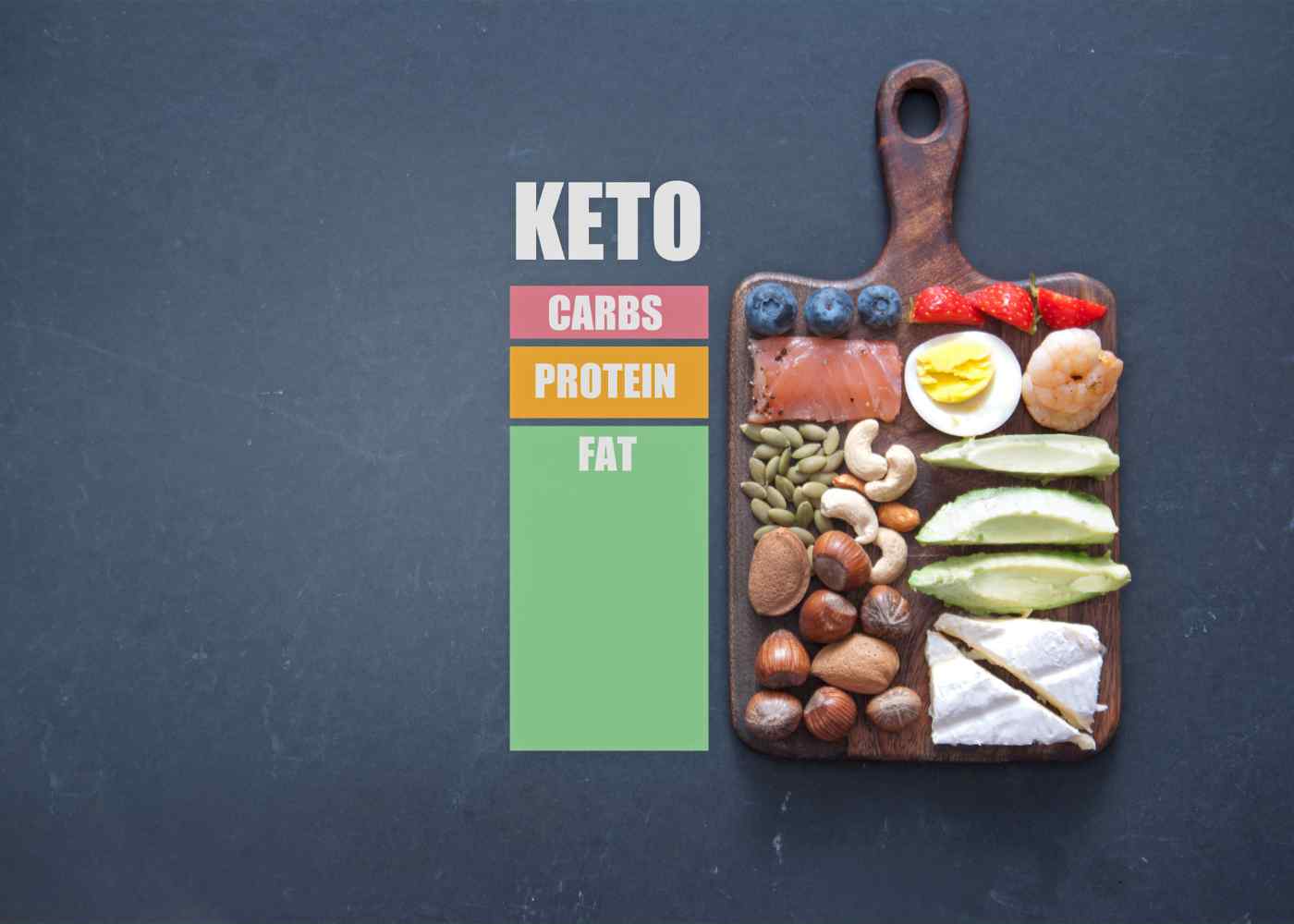
A high-fibre diet is one which includes foods that are rich in dietary fibre, such as fruits and vegetables, whole grains, legumes and beans, nuts and seeds. Fibre plays an important role in digestion by helping food move more quickly through the digestive system and can provide other health benefits as well. A high-fibre diet has been linked to improved gastrointestinal health due to its ability to promote regularity of bowel movements, reduce the risk of colon cancer, lower cholesterol levels and help control diabetes. Additionally, a high-fibre diet can also help you maintain a healthy weight by increasing satiety after meals and reducing calorie intake overall.
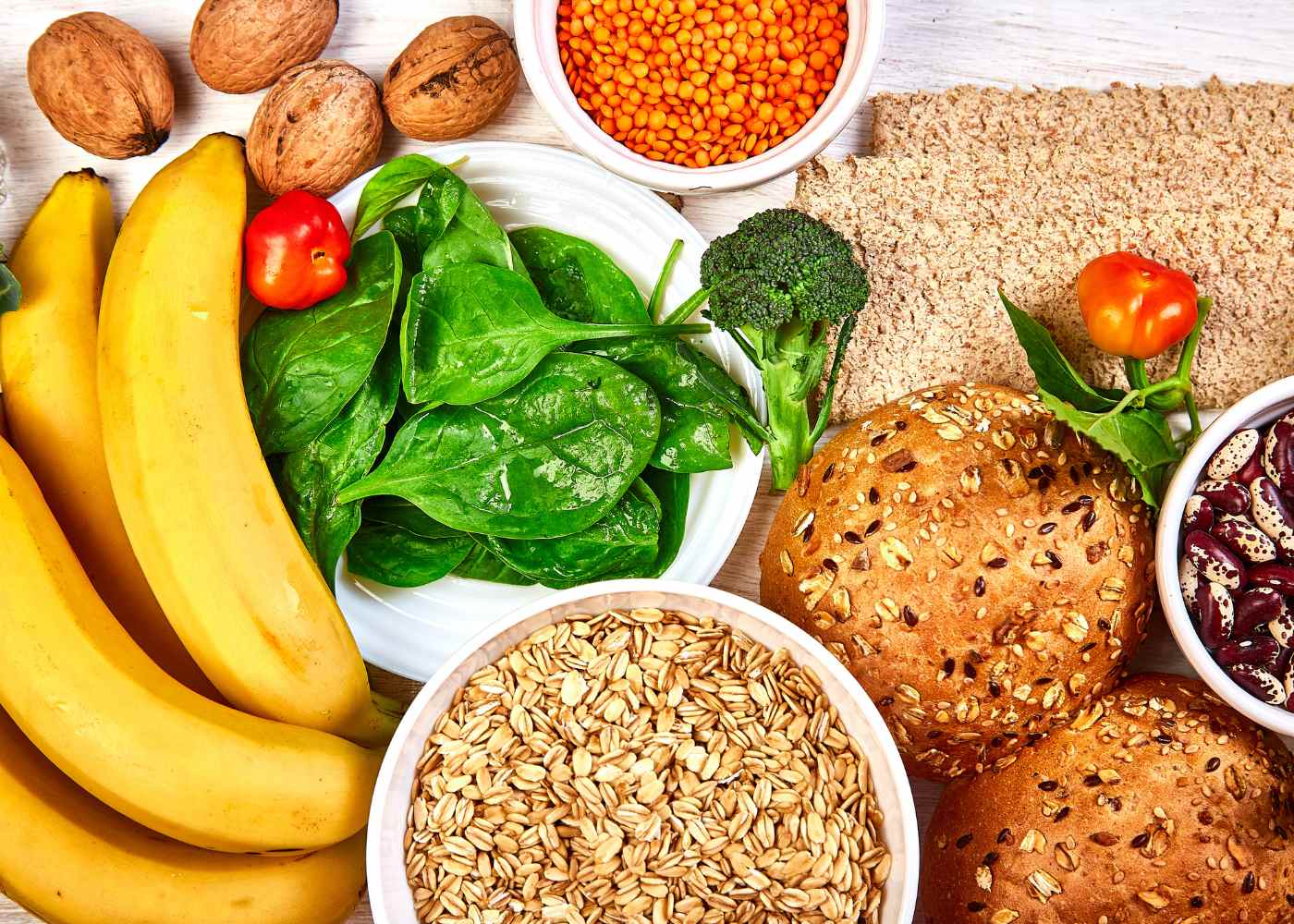
Types of Fibre
Fibre can be classified into two main types: soluble and
insoluble. Soluble fibre is found in foods such as oatmeal, apples, oranges and
beans, and it dissolves in water to form a gel-like substance which helps slow
down digestion. This type of fibre can help control blood sugar levels by
slowing the absorption of carbohydrates from food. Additionally, soluble fibre
has been linked to lowering cholesterol levels and reducing the risk of
cardiovascular disease as well as some cancers.
Insoluble fibre is found mainly in whole grain products such as wheat bran, brown rice and oats but also in many vegetables including potatoes with their skin on. It does not dissolve in water but instead passes through the digestive tract relatively unchanged - acting like a broom that sweeps out toxins from the system while helping move food quickly through the intestines. Insoluble fibre is beneficial for promoting regularity of bowel movements and preventing constipation due to its ability to add bulk to stools which helps them pass more easily through the colon.
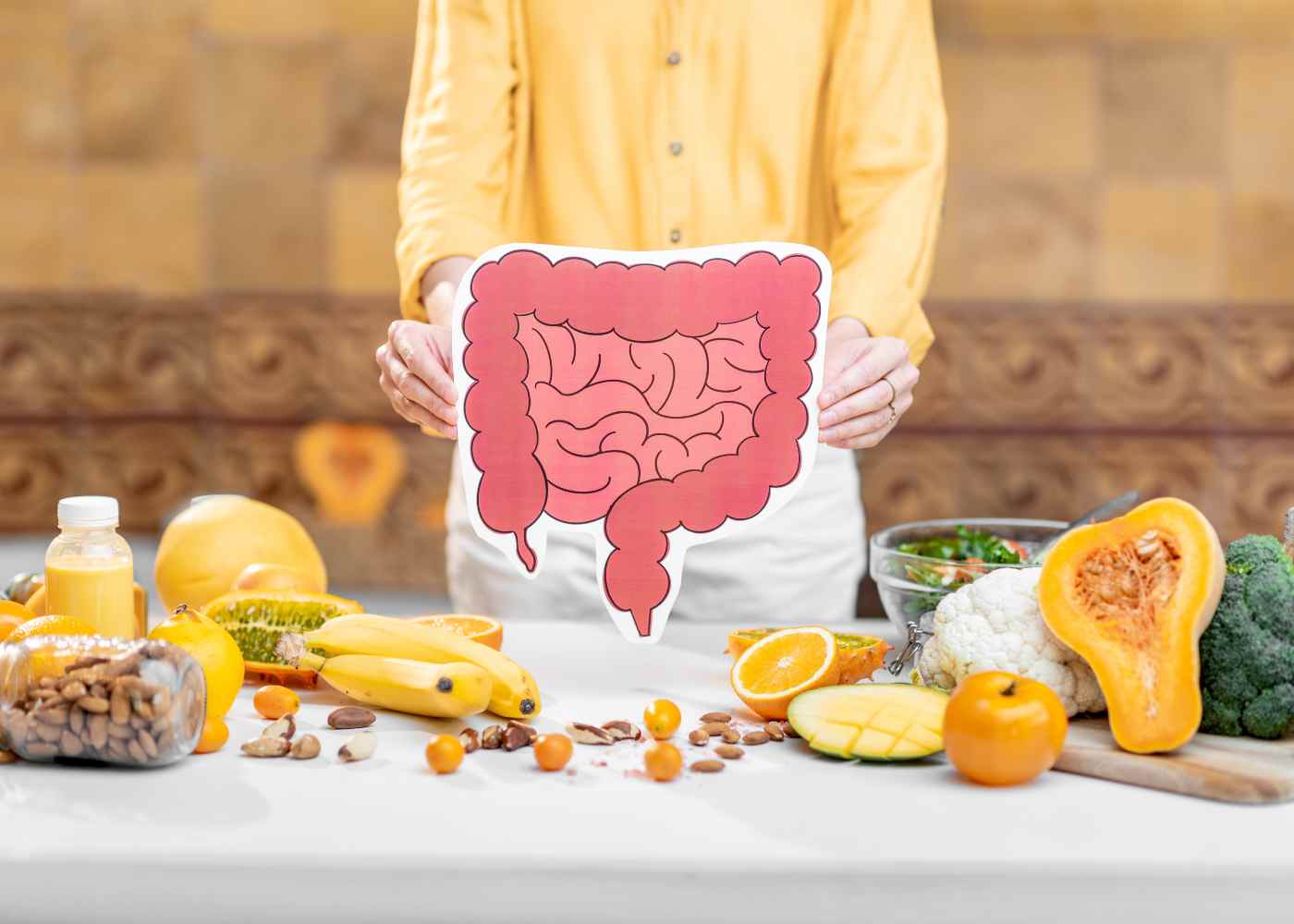
Good Sources of Fibre
Fruits and vegetables are one of the best sources of dietary
fibre. Eating a variety of fruits and vegetables is an excellent way to get
your daily intake of fibre - with options such as apples, oranges, carrots,
spinach, broccoli and sweet potatoes all providing significant amounts. Fruits
also provide other beneficial nutrients such as vitamins and minerals which can
help support overall health.
Whole grains are another great source of fibre that should
be included in any high-fibre diet. Examples include whole wheat bread, brown
rice, quinoa and oats - with each serving offering several grams of dietary
fibre per portion. Whole grains have been linked to improved heart health due
to their ability to lower cholesterol levels while also helping reduce the risk
of diabetes by stabilizing blood sugar levels.
Legumes such as beans, peas and lentils are another great
source of dietary fibre that should be included in a balanced diet. These foods
contain both soluble and insoluble fibres which offer numerous benefits
including improving digestion by adding bulk to stools while helping move food
quickly through the intestines thus reducing constipation symptoms.
Additionally, legumes are low in fat but packed full of essential nutrients
like folate, iron zinc magnesium so they make an ideal choice for vegetarians looking
for plant-based proteins in their diet.
Nuts and seeds are small yet mighty sources of dietary fibre
“ especially when it comes to almonds which offer around 4g per ounce! Nuts can
provide not only healthy monounsaturated fats but also protein while many types
including walnuts contain omega 3 fatty acids which have anti-inflammatory
properties beneficial for heart health too! Seeds meanwhile offer slightly less
than nuts but still pack a punch when it comes to supplying valuable minerals
like calcium potassium selenium phosphorus plus being rich sources of both
insoluble (like chia flax) & soluble fibres (psyllium).
Lastly, there are also plenty of high-fibre snack foods available these days from bars

How to Incorporate More Fiber Into Your Diet
Eating more fresh, whole foods is an easy way to incorporate
more fibre into your diet. Eating a variety of fruits and vegetables will
provide both soluble and insoluble fibres that can help promote the regularity
of bowel movements as well as reduce the risk for certain diseases such as
colon cancer and diabetes. Additionally, adding legumes like beans, peas and
lentils to meals provides ample amounts of dietary fibre while also being
excellent sources of plant-based proteins beneficial for vegetarians.
Replacing refined grains with whole grains is another simple
way to increase the amount of fibre you are eating each day. Refined grains
have been stripped of their bran which contains most dietary fibre whereas
whole grains still contain all parts including germ husk endosperm & bran
so they™re higher in this vital nutrient than their processed counterparts!
Examples include brown rice oatmeal quinoa wheat bread “ all providing several
grams per serving!
When shopping at the grocery store it™s important to read labels
carefully in order to identify food products that are high in dietary fiber.
Many breakfast cereals may be marketed as ˜whole grain' but check the
nutritional information panel on packaging first before purchasing since some
brands might have added sugar or preservatives that could negate any potential
health benefits from increased intake! Similarly checking ingredients lists
when buying snacks or pre-made meals ensures you™re getting maximum fibre
content without unwanted additives too.
Cooking with more fibre-rich ingredients is another great way to add extra nutrition to everyday dishes without compromising taste either! Try using oats instead of breadcrumbs when making meatballs or substituting quinoa for white rice “ both offer much higher levels plus provide additional vitamins minerals & antioxidants even better digestion due to their high-fibre contents respectively than traditional options do! Nuts seeds nuts butter almond milk nut flours can all be used to create delicious yet incredibly healthy recipes perfect for anyone looking to boost their daily intake of this essential nutrient quickly and easily.

Tips for Making a High-Fiber Diet Sustainable
Making a high-fiber diet sustainable can be challenging but
with the right strategies, it can become a part of your lifestyle. One way to
do this is by making gradual changes. Start by adding more fibre-rich foods
into your meals and snacks, such as fruits, vegetables, nuts, seeds and whole
grains. Increase your intake slowly over time so you don™t experience any
digestive discomfort due to sudden changes in dietary habits.
Dietary supplements can also be used to increase fibre
intake if desired - one option being psyllium husk which contains both soluble
and insoluble fibres that are beneficial for digestion as well as reducing
cholesterol levels and controlling blood sugar levels. However, make sure to
check with a healthcare professional first before taking any supplement since
some may not be suitable depending on individual medical history or current
health status.
It's important to start slow when increasing fibre intake since too much too quickly may cause digestive distress such as cramping or bloating - these unpleasant side effects usually subside after a few days once the body has adjusted. Additionally drinking plenty of fluids is essential for avoiding constipation which is common when eating higher amounts of fiber so aim for at least eight glasses per day! Lastly, remember that making small incremental changes each week will help ensure success, in the long run, creating healthy habits that last!

Conclusion
A high-fibre diet can be incredibly
beneficial for digestion and overall health. Fibre has been linked to improved
cardiovascular health due to its ability to lower cholesterol levels while also
helping reduce the risk of diabetes by stabilizing blood sugar levels. A
variety of sources such as fruits, vegetables, whole grains and legumes are all
excellent options when trying to increase fibre intake in the diet. Additionally
nuts and seeds contain significant amounts of dietary fibre that should also be
included “ especially almonds which provide around 4g per ounce!
Making a high-fibre diet sustainable is possible with the
right strategies. Start by making gradual changes such as adding more
fiber-rich foods into your meals and snacks or replacing refined grains with
whole grain varieties instead. Dietary supplements like psyllium husk may also
help if desired but check with a healthcare professional first before taking any
supplement since some may not be suitable depending on individual medical
history or current health status. It's important to start slow when increasing
fibre intake since too much too quickly may cause digestive discomfort so aim
for small incremental changes each week rather than drastic ones overnight!
Finally, remember that drinking plenty of fluids is essential for avoiding
constipation which is common when eating higher amounts of fibre so aim for at
least eight glasses per day!


